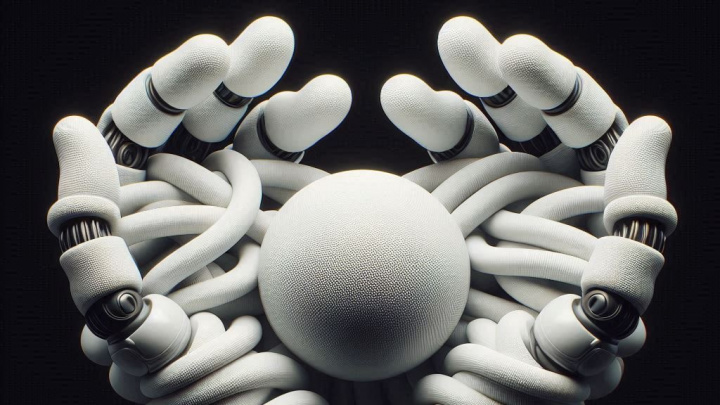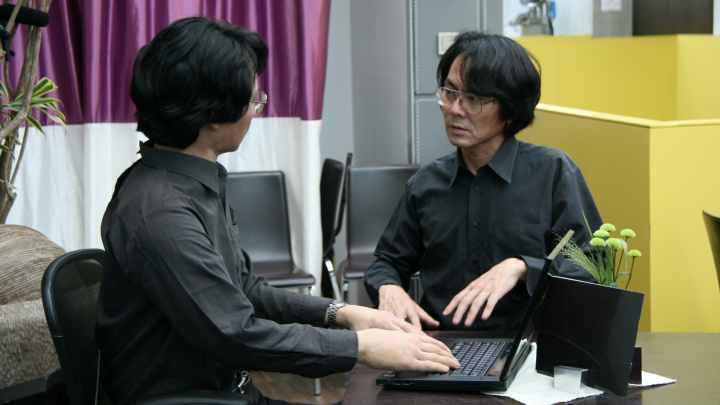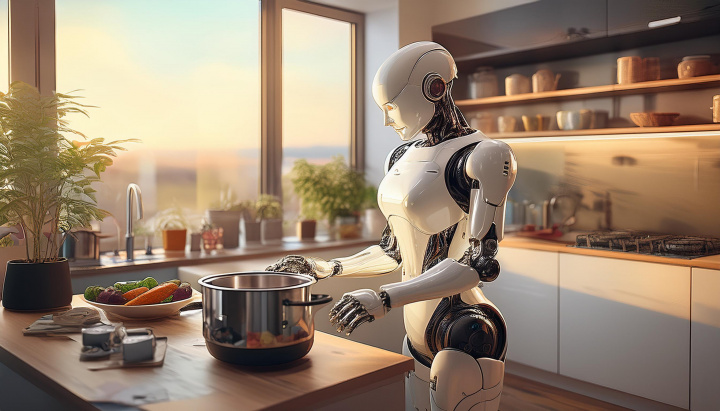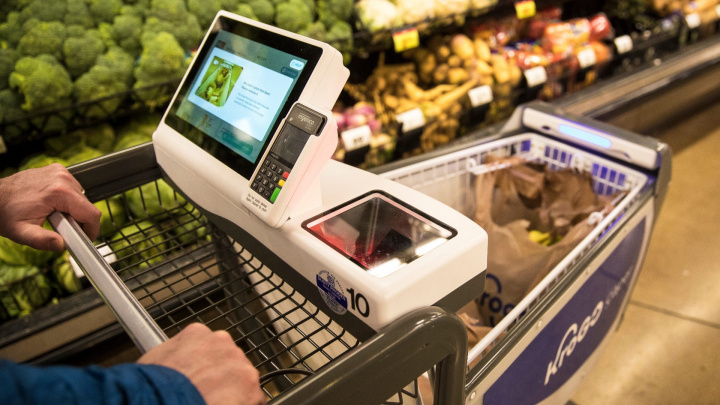The Flexible Future: An Introduction to Soft Robotics
A new, exciting chapter is unfolding in the world of robotics: soft robotics. This field breaks away from the concept of traditional, rigid-structured robots, creating flexible, adaptable machines instead. But what exactly is soft robotics, why is it needed, and why could it be revolutionary?

Soft robotics deals with the design, control, and manufacturing of robots made from compliant materials like silicone, rubber, or fabrics. Unlike their rigid counterparts, these robots can deform, change shape, adapt to their environment, and interact safely with humans. While the field has gained significant momentum recently, the core idea isn't entirely new. The McKibben artificial muscle, developed back in the 1950s for artificial limbs, is often considered a precursor to modern soft actuators, although limitations in materials science and control complexity delayed widespread development for decades.
Nature serves as a primary source of inspiration for soft robot design. Researchers study and mimic organisms capable of complex movements despite lacking rigid skeletons, such as octopuses controlling their infinitely flexible arms, caterpillars inching forward, starfish navigating uneven terrain, or even plant tendrils grasping supports. This biomimetic approach allows engineers to create robots that can function effectively in environments where traditional rigid robots might fail, such as cluttered spaces or delicate interactions.
Several innovative technologies underpin soft robotics. Pneumatic actuators use compressed air channelled into flexible chambers to bend or extend parts of the robot. Electroactive polymers (EAPs) are materials that change shape when an electric voltage is applied. Fluidic actuators use the flow of liquids to generate motion, similar to pneumatics. Controlling these inherently deformable structures is a significant challenge, often requiring sophisticated algorithms that manage near-infinite degrees of freedom, unlike the discrete joints of rigid robots. Integrating soft sensors to provide feedback about the robot's shape and interaction forces is another active area of research.
The potential applications for soft robotics are vast and continually expanding. In healthcare, researchers are developing micro-robots capable of navigating inside the human body for targeted drug delivery or minimally invasive surgery, as well as soft robotic gloves for rehabilitation after stroke. In disaster response, soft robots could squeeze through narrow gaps in rubble to search for survivors or safely handle fragile objects during rescue operations. Within industry, soft grippers can handle delicate items like fruits, vegetables, or electronic components without causing damage. Emerging areas include agriculture (gentle harvesting), exploration (robots for deep-sea or planetary surface exploration), and safer human-robot collaboration on assembly lines.
However, the field of soft robotics still faces numerous challenges. The compliant materials used are often less durable than metal or hard plastic and can be susceptible to punctures or tears. As mentioned, control is inherently complex. Powering untethered soft robots efficiently remains difficult, and they are generally slower and possess lower payload capacities compared to their rigid counterparts. Researchers are actively working on developing new, more resilient materials, innovative power solutions, and advanced control and sensing strategies to overcome these hurdles.
Looking ahead, soft robotics is expected to play an even greater role. Exciting research directions include developing robots from self-healing materials or even fully biodegradable components for environmental applications. Mimicking passive plant behaviours, like responding to environmental stimuli (humidity, light) to change shape, could lead to extremely energy-efficient adaptive structures. Furthermore, integrating advanced Artificial Intelligence (AI) will likely enable soft robots to learn and adapt their behaviour more effectively in complex, unstructured environments, potentially leading to autonomous exploration of unknown terrains, from caves to distant planets.
Therefore, soft robotics is not just an intriguing technological novelty; it represents a paradigm shift that could fundamentally change human-machine interaction and revolutionize numerous industries. As the field continues to mature, we can expect to encounter more robots whose flexibility and adaptability assist us in our daily lives and work, performing tasks previously impossible for machines.





